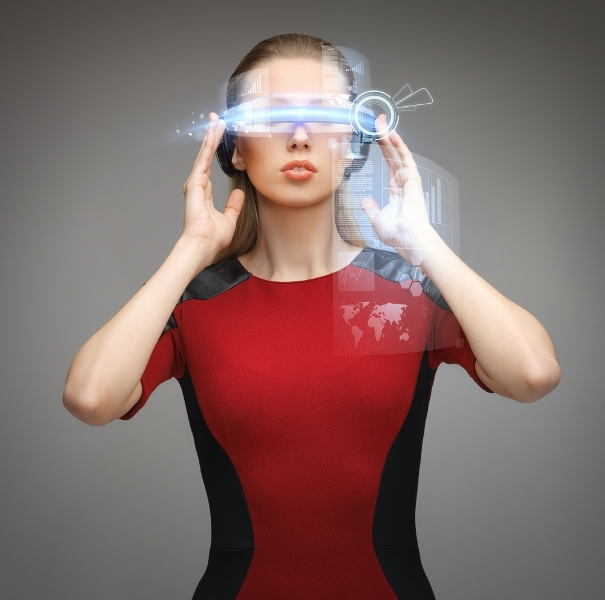
A new study has shown the potential of virtual reality body swapping as a treatment for women prone to eating disorders or experiencing the early onset of one.
In today’s image-oriented age, both advertising and social media can result in girls as young as eight years old becoming overly critical of their body image. The goal of the new study was to use virtual reality to alter a woman’s perception, helping to make a realistic shift to the positive.
At the beginning of the study, researchers asked 21 female subjects to estimate the width and circumference of different body parts. After giving their estimates, the women were subject to body-swapping illusions. The participants wore a virtual reality headset that put them in a featureless room. When the women looked down, they saw a virtual body with a skinny belly. As they looked down, they were touched on the belly in both the real world and in the virtual one.
Published in Cyberpsychology, Behavior, and Social Networking, the study used this body-swapping illusion to help alter the women’s perception of their bodies. The women in the study were shown images of themselves with skinny stomachs. After being shown their ideal in a virtual reality setting, the women were able to more accurately estimate their actual body size in real life.
By helping to revise a subject’s allocentric memory of their body, the body-swapping illusion steers women away from their disease of perception. Allocentric memory is a type of spatial memory where a person is mentally manipulating objects from a stationary point of view. In the virtual reality setting used in the study, the women were manipulating their view of their bodies in a mirror.
To evaluate how effective their experiment was, the researchers had the women answer a detailed questionnaire about the process. After experiencing the illusion, the researchers found the women had a different representation of their own body image, reporting a decreased estimated measurement from their pre-illusion estimations. The results led to the conclusion that using virtual reality body swapping illusions could potentially help those with eating and weight disorders.
“This research provides a valuable first step in understanding of body image distortion and disturbance in those with eating disorders and obesity,” said Dr. Brenda K. Wiederhold, of the Interactive Media Institute in San Diego, California and the Virtual Reality Medical Institute in Brussels, Belgium. “Exploring the potential of this virtual reality approach in a clinical population will be an important next step.”
